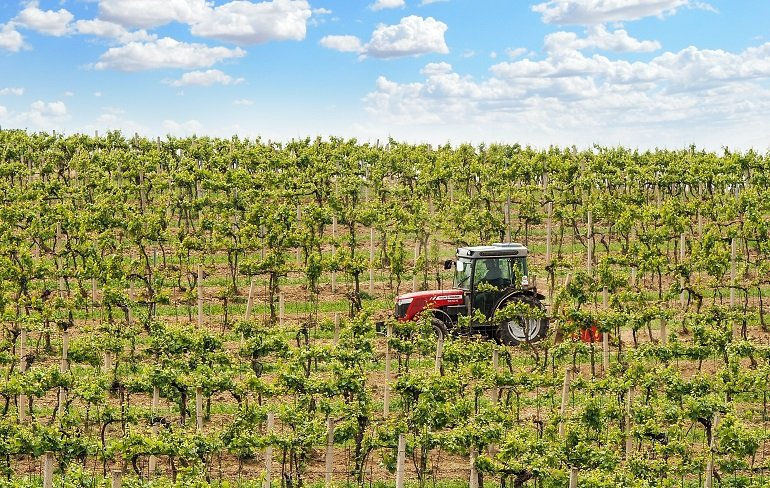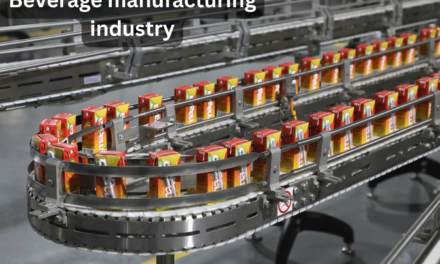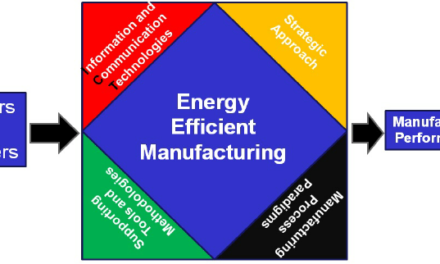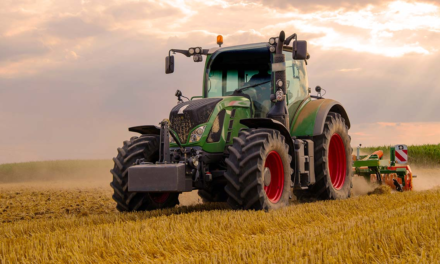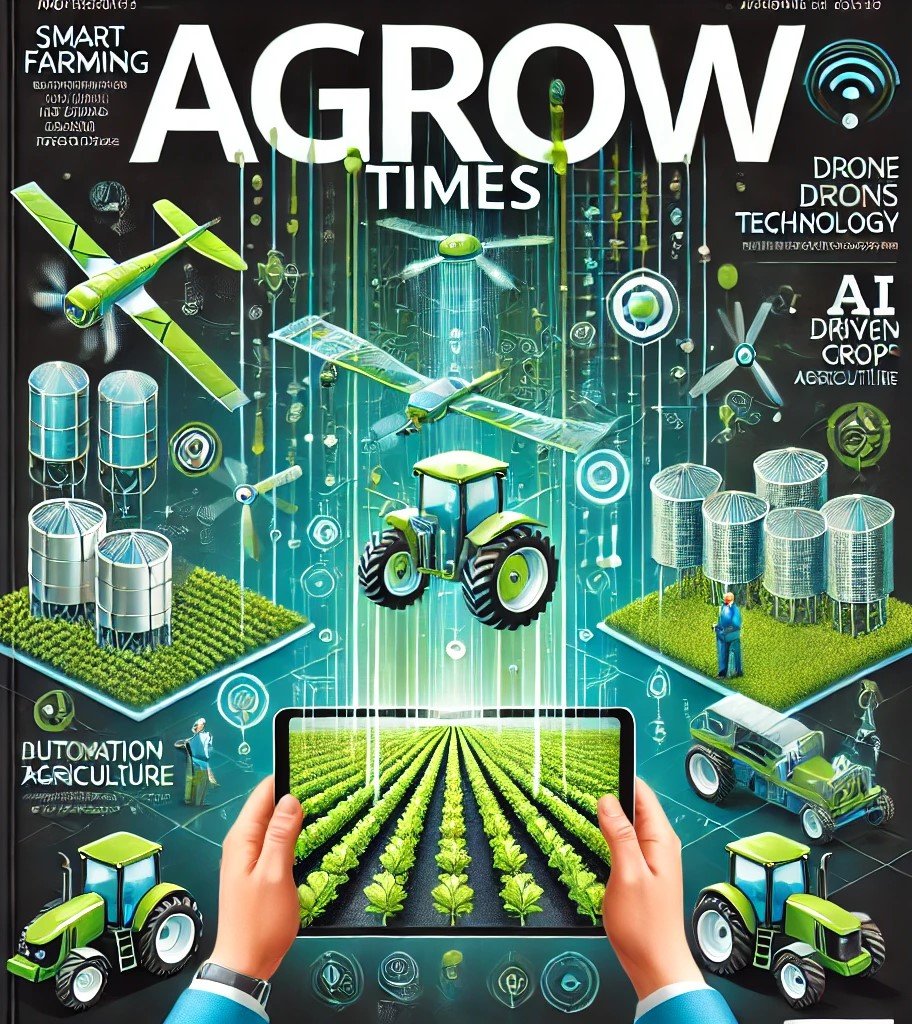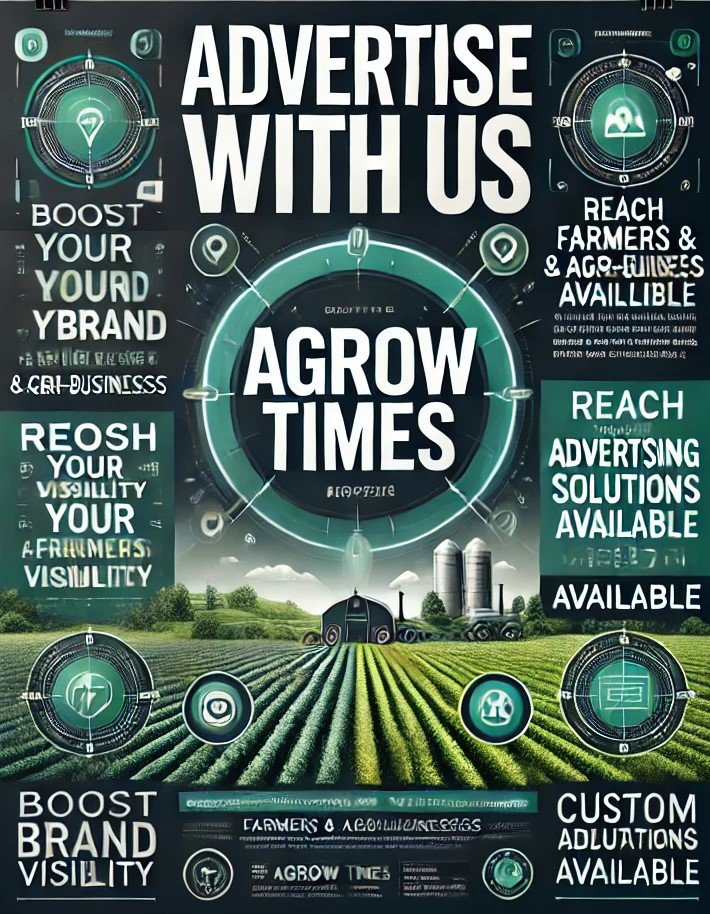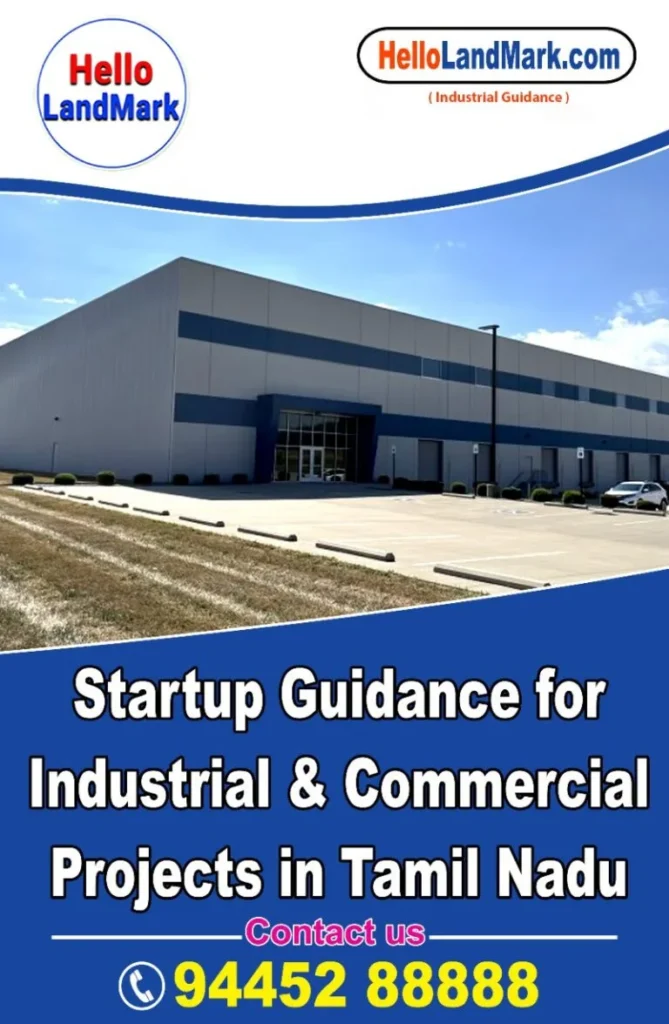1. Evaluate Farm Size and Terrain
- Small Farms (1–20 acres): Compact or subcompact tractors with horsepower ranging from 20–50 HP are often sufficient for light tasks like mowing, tilling, and hauling.
- Medium Farms (20–100 acres): Require mid-range tractors with horsepower between 50–100 HP for operations like plowing, planting, and using moderate-sized implements.
- Large Farms (100+ acres): Larger, high-horsepower tractors (100–200+ HP) are necessary for heavy-duty tasks like deep tillage and using wide implements.
- Terrain: Hilly or uneven terrain may require tractors with more horsepower and better traction, such as 4-wheel drive models.
2. Consider Primary Tasks
- Light-Duty Tasks: Tasks like mowing, spraying, or light tillage can be handled by small to mid-size tractors.
- Medium-Duty Tasks: Planting, harvesting, and general field preparation require tractors with moderate horsepower and PTO capability.
- Heavy-Duty Tasks: Deep plowing, heavy hauling, and using large implements like combine harvesters necessitate high-horsepower tractors.
3. Determine Equipment and Implement Needs
- Match the tractor’s horsepower to the requirements of the implements it will operate.
- Implement types like balers, sprayers, or rotavators have specific power and PTO requirements that the tractor must meet or exceed.
- For wide or multiple-row implements, higher horsepower is necessary for effective operation.
4. Assess the Tractor’s PTO and Hydraulic Power
- PTO (Power Take-Off): Implements such as mowers, tillers, or augers depend on PTO horsepower.
- Hydraulics: If attachments like loaders, backhoes, or post-hole diggers are frequently used, ensure the tractor’s hydraulic system can handle the load.
5. Evaluate Workload and Frequency
- Daily Use: Farms with intensive, daily operations (e.g., livestock farms, large crop fields) may require larger, durable tractors with high horsepower.
- Seasonal Use: If the tractor is only needed for occasional tasks, a smaller or mid-sized tractor may suffice.
6. Fuel Efficiency and Operational Costs
- Larger tractors consume more fuel and have higher maintenance costs.
- Farmers balance power needs with fuel efficiency to optimize overall costs.
7. Check Farm Infrastructure
- Accessibility: Consider barn sizes, storage space, and farm road conditions to ensure the tractor can navigate comfortably.
- Weight and Size: Heavier tractors may compact soil, so lighter models might be better for certain crops or soil types.
8. Evaluate Budget and Financing
- Farmers consider the initial cost, financing options, and long-term operational expenses.
- For small-scale farmers, leasing or purchasing used tractors may be an alternative to buying new, high-cost machines.
9. Versatility and Future Expansion
- Choose a tractor that can handle a wide range of implements and tasks to maximize utility.
- Consider the potential for farm expansion and buy a tractor that can scale with future needs.
10. Seek Expert Advice and Test-Drive
- Consult with local dealers, experienced farmers, or agricultural experts to get insights on the best options.
- Test-driving tractors ensures they meet ergonomic, comfort, and operational requirements.

